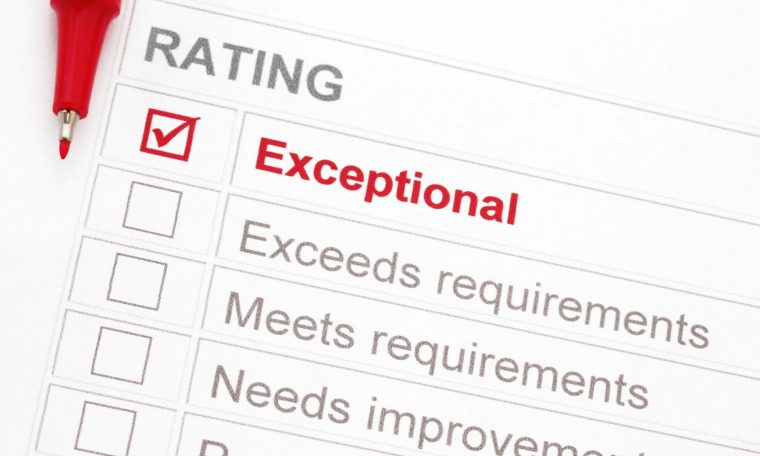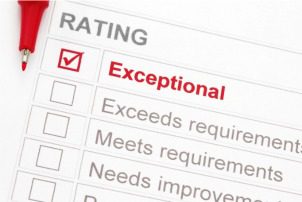
 Leadership development is a long-term strategic business imperative. Yet, very few organizations actually evaluate the value of leadership development initiatives. Why? One of the most common deterrents is the difficulty in measuring soft skills. Simply put, people don’t know what to observe, what to measure, and/or how to measure it.
Leadership development is a long-term strategic business imperative. Yet, very few organizations actually evaluate the value of leadership development initiatives. Why? One of the most common deterrents is the difficulty in measuring soft skills. Simply put, people don’t know what to observe, what to measure, and/or how to measure it.
It is up to learning leaders to set expectations for leadership development programs, and to establish a system for evaluating leadership development efforts that may not produce hard data, but will generate enough information to determine whether programs are making a difference or not. There are several phases that benefit from evaluation:
Initial Planning:
- Clearly define behaviors that indicate exemplary leadership practices within the organization. Do this in partnership with other leaders and executives.
- Ensure the leadership development program is multidisciplinary, including workshops, webinars, case studies, discussion groups, coaching and mentoring.
Pre-Training:
- Evaluate the learning objectives for each leadership development program before the course is developed and/or delivered. Ask how the objectives are tied to organizational objectives, and which leadership practices are targeted.
- Ask the developers what performance indicators/measures they will use to determine program effectiveness. The easiest way to measure whether or not participants are applying the knowledge and skills taught is to measure frequency of use. Then, use a different scale to address how well they were applied. These measures should be identified prior to the program’s start.
During Training:
- Observe the program in person. Watch to see if participants are actively engaged, asking good questions, sharing their own ideas and thoughts. Are there opportunities for practice and feedback? Take time to talk with participants, formally during the training and informally during lunch or after sessions. Do this more than once. More observations equal more opportunities to learn.
Post-Training:
- Conduct an independent “quick and dirty” survey of program participants. Request a list of everyone who attended the organization’s most recent leader development program. Ask these three questions of each participant:
- Using a scale of 1 to 5 — with 1 being highly negative and 5 being highly positive — please rate the relevance of this course to your current leadership role. Rating ______. Reason for the rating:
- Are you using any of the skills or techniques taught in that program? Please explain why or why not.
- Of the skills you are using, how have they benefited you as a leader?
Have the participants send the responses to you, the learning leader. This will provide data regarding the percentage of attendees applying the content back on the job and how well they think the training has benefitted them.
- Talk to attendees directly. Select two or three attendees from the most recent program. Wait at least two weeks and then call them. Ask if they are using the content and to what extent. Ask for specific examples that show how the information presented has helped them. After 10 days, it’s estimated that more than 75 percent of what was presented is forgotten. Contacting an attendee after two weeks will indicate what information was retained. The example will tell what was used.
- Prepare a training impact report. This is a simple report using a survey created based on the information presented in pre-training. The survey is best used as a 360-degree instrument.
Freq. Scale: 1) Seldom/Never. 2) Occasionally. 3) Regularly/Often.
How Well Scale: 1) Poorly. 2) Okay. 3) Very Well.
| Frequency | How Well | |||||
| 1 | 2 | 3 | Leadership Behavior | 1 | 2 | 3 |
| Exemplary Leadership Behavior 1 | ||||||
| Exemplary Leadership Behavior 2 | ||||||
| Exemplary Leadership Behavior 3 | ||||||
| Exemplary Leadership Behavior 4 | ||||||
| Exemplary Leadership Behavior 5 | ||||||
After the learning team has used this system, learning leaders won’t need to be as personally involved in report generation. But the learning leader will still want to ensure the objectives are aligned with the organization’s, how behaviors will be measured, and periodically observe trainers in action. Other than that, the learning team should be able to carry on independently.
It is the learning leader’s job to know how well leadership development programs are working. Hopefully, these simple steps provide direction on how to do that. Later, modify and improve on them.
Alan Landers is president of FirstStep OD & Training. To comment, email editor@CLOmedia.com.



